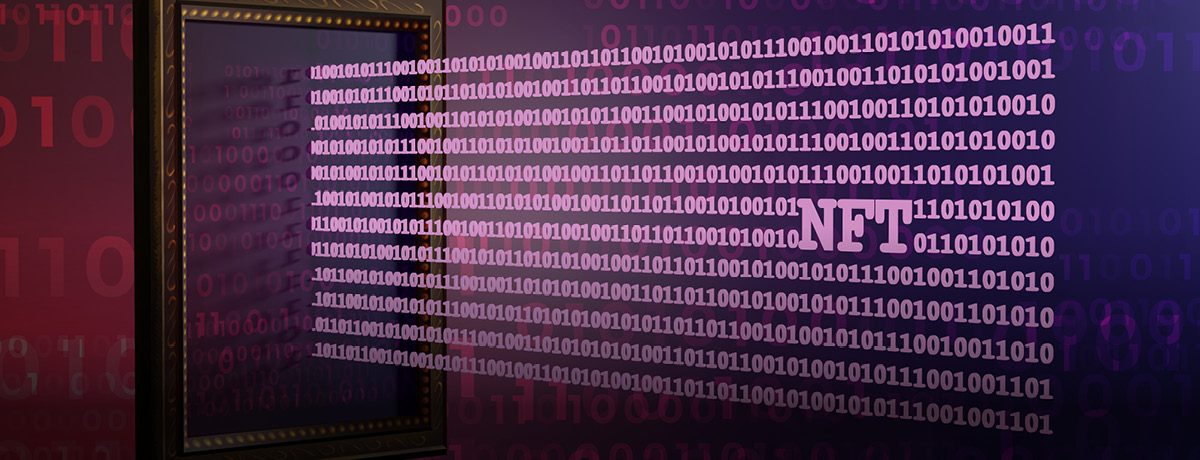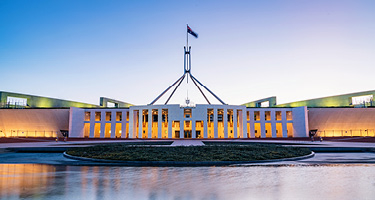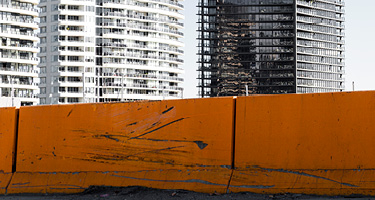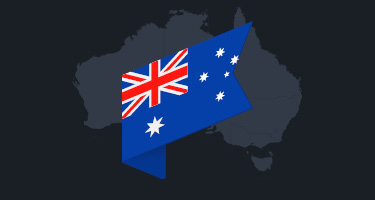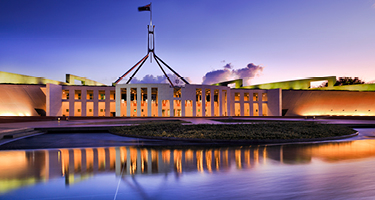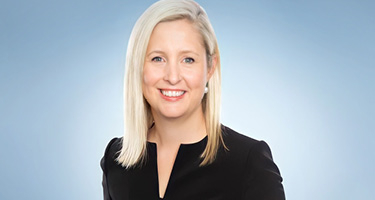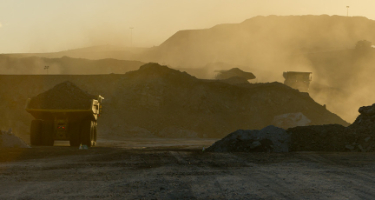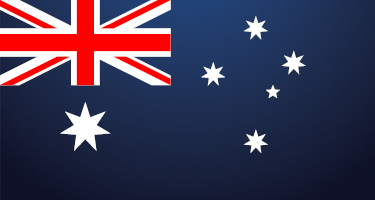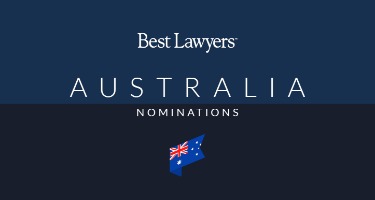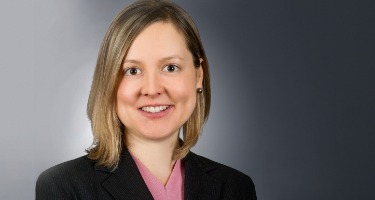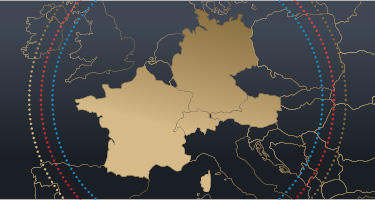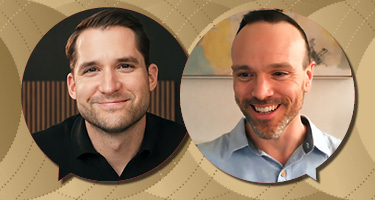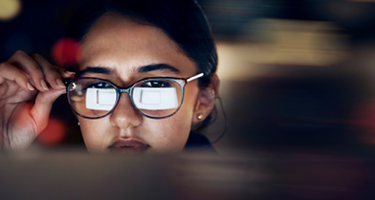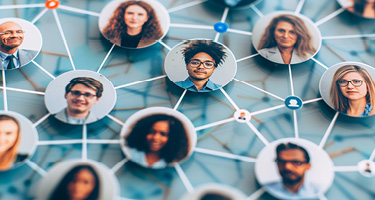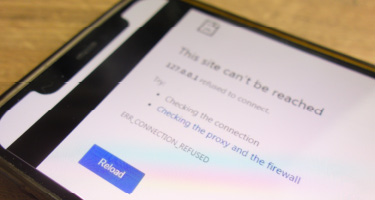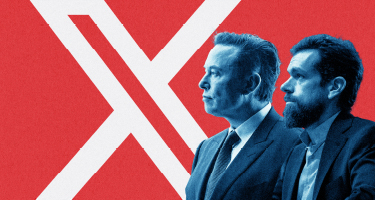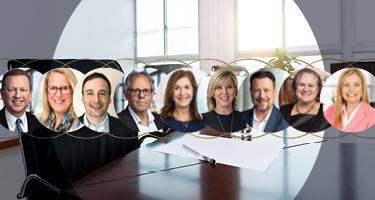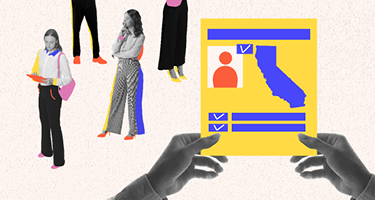One illuminating way to think about new and emerging technologies is to consider the “Hype Cycle,” across which the development of such technologies can be plotted in five key stages. Devised by the Connecticut-based research and advisory firm Gartner, the Hype Cycle begins with the Technology Trigger (the original breakthrough), ascending quickly to the Peak of Inflated Expectations (you see it everywhere, everyone thinks it’s the next best thing and you will miss out if you don’t get in now, but if you do you will be an early adopter), tumbling just as quickly into the Trough of Disillusionment (negative press, technology fails to live up to earlier promises, people focus on failed implementations), and finally (for some, anyway), slowly climbing the Slope of Enlightenment (we have seen some failures, and some successes, technology has matured and is better understood, we see methodologies and frameworks to assist in implementation and use of the technology) and coming to rest on the Plateau of Productivity (media reporting is balanced, technology has matured through a few iterations, it can be bought as a service, successful implementation across a number of industries and it is part of many organisations technology road maps).
A great recent example of movement along the Hype Cycle is the seemingly sudden mania for nonfungible tokens or NFTs. The Technology Trigger (step one) for NFTs was the January 2018 adoption of the ERC-721 Standard—a free, open interface that describes how to build NFTs using the Ethereum blockchain. (Some would put the Technology Trigger earlier, at the release of “CryptoPunks” in June 2017, an experimental digital artwork that inspired the release of ERC-721.)
Others would argue, plausibly, that NFTs had reached the giddy heights of the Peak of Inflated Expectations (step two) following the US$69 million sale at Christie’s this March of Beeple’s digital artwork “Everydays: The First 5,000 Days.” Other offbeat NFT sales followed, most notably the original source code for the World Wide Web, written by Tim Berners-Lee, for US$5.4 million at Sotheby’s in late June. The question now: Have NFTs moved further along the Hype Cycle, or are they continuing to trudge up the hill toward the Peak of Inflated Expectations?
Although many lawyers might be tempted to wait until a new technology has come to rest on the Plateau of Productivity to spend time on it—that is, until there is more proof of the efficacy of the technology itself, or until a legislative and regulatory structure is built around it—doing so might well be too late.
I’d argue that debating where exactly NFTs reside on the Hype Cycle is a moot point for lawyers, particularly technology lawyers, because these real transactions, involving substantial sums, are already happening. Additionally, given the speed with which NFT technology is progressing, it might take its place on the exalted Plateau of Productivity much sooner than we anticipate.
At DLA Piper, we’ve spent an immense amount of time studying NFTs and their potential uses with physical assets (the “asset-tokenization challenge” ), the legal issues concerning security – token creation, fundraising and the distribution of rights (including intellectual property rights), and the platforms required to deliver such offerings at scale.
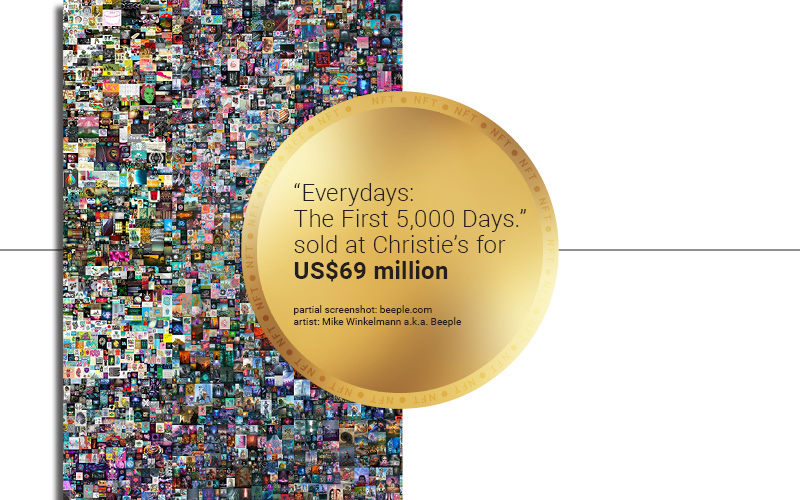
NFT: Why aren’t They Fungible?
It has become difficult to avoid news about NFTs. Whether it’s an animated cat meme or Jack Dorsey selling the world’s first tweet, it seems that everyone’s getting into the NFT game. What are NFTs, though?
I recently read an interesting piece purporting to explain them in which the author wrote that after literally hours of research, he was pretty sure he knew what an NFT was—but he also thought he was going to cry. I know the feeling—more often than not, I think I understand the technology . . . and then I go cross-eyed.
For my purposes here, I’ll explain the nature of an NFT by way of reference to two separate applications: first, as a digital asset you can own (a piece of digital art, for example), where the asset itself is embedded within the NFT; and second, as a set of tools one uses to own and transact with a physical asset.
In each case, although the NFT is recorded on a blockchain, its ownership is stored in a digital wallet (it can also be on a physical piece of hardware for extra security), the same way cryptocurrencies are owned and stored.
Although many lawyers might be tempted to wait until a new technology has come to rest on the plateau of productivity to spend time on it—that is, until there is more proof of the efficacy of the technology itself, or until a legislative and regulatory structure is built around it—doing so might well be too late.”
The Digital Asset
Nonfungible tokens are distinct from fungible tokens, such as a fiat currency or cryptocurrency, which can be exchanged for other fungible tokens—one dollar for one dollar, say, or one Bitcoin for another. “Nonfungible” simply means that the tokens are one of a kind and not interchangeable with any other NFTs. They’re individual assets with unique properties, which helps explain why some of them have become so valuable.
For purely digital assets, think of an NFT like an original artwork: Jeffrey Smart’s “Autobahn in the Black Forest II” or Garry Shead’s “Queen of Suburbia.” (I’m deliberately avoiding the example of the “Mona Lisa.”) Yes, copies of these works can be made, even painted, but there is only one original, which carries the highest attendant value and, for the owner, significant bragging rights.
If you’re buying a piece of digital art embedded within an NFT, think of the NFT as the original canvas on which the digital art was painted. With an NFT, though, not only is the artist’s signature on the canvas, but in effect, some of their DNA is, too. It can’t be replicated. Its creation is time-stamped, and its place of creation is geo-stamped.
If an NFT is used for a digital work, all the code for that piece of art (including all information concerning its creation and provenance) is recorded on a blockchain—and because of the way blockchain technology works, it can never be altered. The NFT can be bought and sold just like an original painting can. However, with a digital asset, provenance can be guaranteed absolutely. Even with the “Mona Lisa” (sorry), we need to rely on records of sale and other evidence to formally establish its provenance. How do we really know da Vinci painted it, or that the one hanging in the Louvre is indeed the original?
NFTs as Physical Assets
Nonfungible tokens are also useful for creating and maintaining a set of rights concerning one or more assets, or groups of assets, and enabling them to be monetised and traded using blockchain technology.
Using an NFT, all relevant information about an asset can be recorded on a blockchain. Think of the NFT as all the information about an asset that’s currently recorded in documents and on registers— but which can never be altered. NFTs can also be used for future due diligence (potentially making use of artificial intelligence to make that due diligence easier and more reliable, too). The record is immutable and, in theory, can stay with the asset forever.
Using a hybrid private-public blockchain solution for an NFT, sensitive information about a given asset can be protected in the private blockchain; third-party verification and the immutable character of an open ledger on a public blockchain can add additional certainty.
If an NFT is linked to a smart contract and listed on a digital-assets exchange, self-executing transactions can be enabled because the terms of agreement between a buyer and seller are directly written into the code which then controls the transaction, allowing for real-time 24/7 trading, as well as a range of other applications (supply chain automation, for example) that can be delivered with absolute certainty.
Are NFTs Regulated at All?
In some markets—including the U.K., Singapore, Switzerland, the U.S., Canada, and potentially a number of others—the distribution of a digital token can be made under a clear regulatory framework. If you’re dealing with purely digital assets, regulation is less intrusive (if it exists at all), but once you begin using the technology for fractional ownership of physical assets, such as real estate, in most jurisdictions you become subject to the rules and regulations pertaining to that particular asset class.
What Is DLA Piper Doing with NFT Technology?
Our firm has created TOKO, a fast, secure, and cost-effective solution for buying and selling high-value assets using the blockchain. TOKO is a unique tokenisation engine and a vital component of the digital-asset ecosystem, one that provides smart=contract functionality and digital-asset creation and assurance.
TOKO can be used to create fractions of any asset, too, whether a work of fine (physical) art or a multimillion-dollar property. It can help asset owners create unique products, improve asset liquidity, and provide clients with access to a wider group of investors. Tokenisation also enables easier exit opportunities and can reduce the risk of fraud via the strict, time-stamped audit trails created by the blockchain.
In addition to creating a wide variety of token types and writing tokens’ smart contracts in several major coding languages, TOKO facilitates capital distribution, voting by the holders of the tokens, token transfer, and disposal or redemption of tokens into a secure wallet. TOKO can also include broadcast announcements such as distribution payment amounts, upcoming owner votes, and proposed meetings.
DLA Piper has developed TOKO in partnership with Hedera Hashgraph, which leverages the benefits of a private blockchain alongside the transparency and trustworthiness of the Hedera Consensus Service, a decentralised public network. Owned and governed by a council of some of the world’s leading organisations—including Avery Dennison, Boeing, Deutsche Telekom, DLA Piper, FIS (Worldpay), Google, IBM, LG Electronics, Magalu, Nomura, Swirlds, Tata Communications, University College London, Wipro, and Zain Group—Hedera provides the highest level of security.
We’ve also engaged BCW Group as our program manager to shape TOKO’s go-to-market strategy and form regtech infrastructure partnerships (using technology for regulatory processes and compliance), as well as Luther Systems, which will be TOKO’s systems integrator.
We believe TOKO is an appealing offering for owners of any type of asset, and we expect to help clients tokenise high-value assets in alternative classes such as real estate and art. TOKO is global, available to all our clients, and we feel it’s a crucial tool to help ensure that NFTs, a potentially boundless source of value for interested investors, reach the Plateau of Productivity—and thereby justify the hype.
Anthony Lloyd has practised as a technology lawyer for over 25 years and leads DLA Piper’s Technology Sector Group for Australia. He has led teams advising on multinational projects across Asia, the US and Europe primarily for international corporations acquiring technology and telecommunications solutions but also for technology and telecommunications suppliers. His philosophy embraces a holistic approach to meeting clients’ technology needs by leading a team that provides clients with a complete solution to the development and execution of technology strategies, from a legal and commercial perspective. He is one of the firm’s experts on blockchain and tokenisation.
